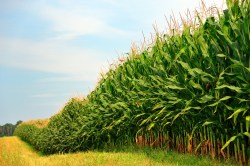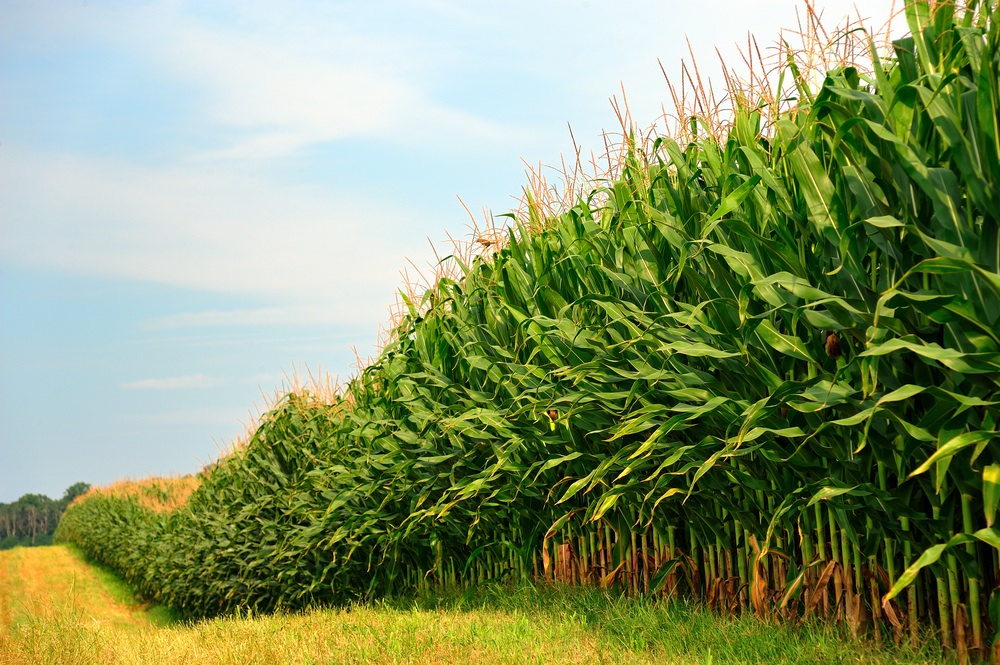
Shutterstock / Jorge Moro
Ride a train through swaths of the Midwest in the summer and it’s hard to imagine how the country could ever produce more corn. Well, imagine it: Farmers will cover 97.3 million acres of land with the monoculture crop this year.
That’s more than in any other year since 1936, when, like now, the drought-plagued nation’s corn reserves had run low. But unlike the 1930s, corn prices are high now in part because of demand for exports, biofuels, corn-syrup-flavored candy, and feed for factory farming.
From the Twin Cities Pioneer Press:
In its annual spring plantings report issued Thursday, March 28, USDA said farmers nationwide intend to plant the most corn acres since the 1930s. For Minnesota, it’s the most corn ever. Minnesota soybean acres will fall 4 percent.
“The profitability of corn was just too hard to pass up for producers,” said Brian Basting of Advance Trading.
[HOST NEAL] CONAN: So why are so much corn being planted?
[ECONOMICS PROFESSOR CHAD] HART: Well, a combination of factors that you mentioned. The drought last year definitely put corn supplies at the lowest level they’ve been in quite some time. But also, we’ve seen big demand build up for corn over the last five years, and that’s led to some significantly higher prices, which farmers are chasing after by putting in acreage this year.
Corn has so many non-dietary uses that it ends up feeding just three people per acre. Guess that’s what happens when a market gets skewed by massive government subsidies thrown at a crop of questionable nutritional value.



